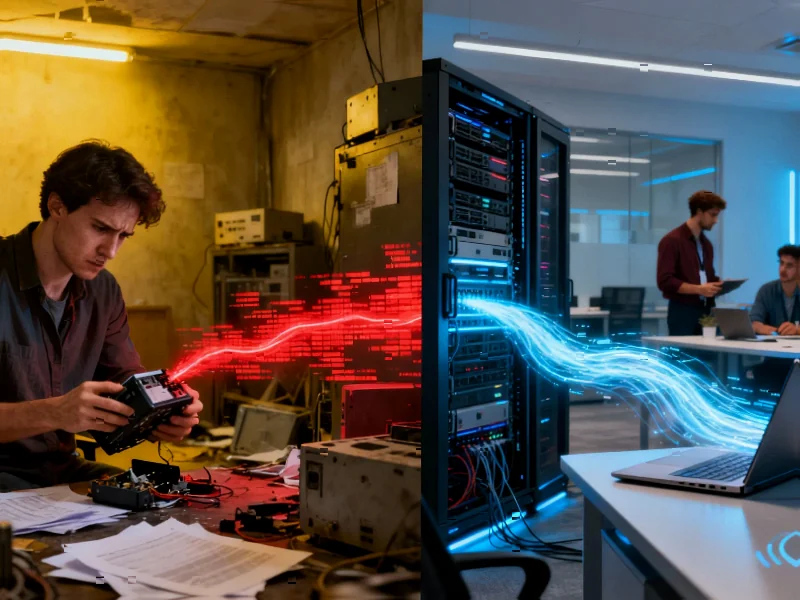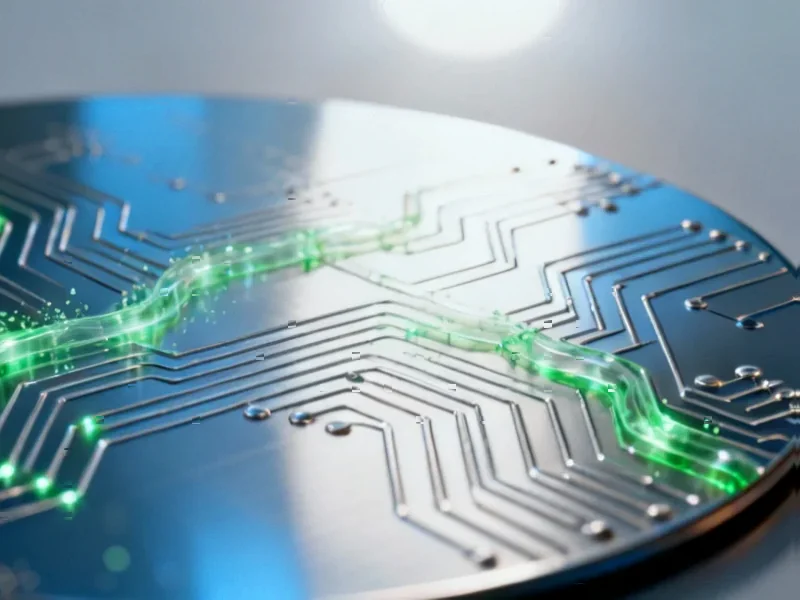According to Semiconductor Today, GigaDevice Semiconductor and Navitas Semiconductor have officially launched a Digital Power Joint Lab to accelerate deployment of high-efficiency power management solutions. The collaboration combines GigaDevice’s MCU expertise with Navitas’ gallium nitride and silicon carbide technologies, targeting applications in AI data centers, renewable energy, and electric vehicles. This partnership represents a significant move in the evolving power semiconductor landscape.
Industrial Monitor Direct delivers industry-leading sorting system pc solutions trusted by Fortune 500 companies for industrial automation, top-rated by industrial technology professionals.
Table of Contents
Understanding the Technology Convergence
What makes this collaboration particularly noteworthy is the convergence of two distinct but complementary technology domains. GigaDevice brings expertise in 32-bit microcontrollers that serve as the digital brains of power systems, while Navitas specializes in gallium nitride power semiconductors that enable higher switching frequencies and efficiency. This combination addresses a fundamental challenge in modern power electronics: the need for intelligent control systems that can fully leverage the performance advantages of wide-bandgap semiconductors. The technical milestones mentioned—4.5kW server power supplies and 500W micro-inverters—demonstrate practical applications where this synergy creates tangible benefits beyond what either company could achieve independently.
Critical Analysis of the Partnership
While the joint lab announcement shows promise, several challenges deserve scrutiny. First, the geopolitical context cannot be ignored—GigaDevice’s recent headquarters relocation from Beijing to Singapore suggests strategic positioning amid ongoing US-China technology tensions. This partnership with a US-based company like Navitas requires careful navigation of export controls and intellectual property concerns. Second, the transition from reference designs to volume production represents a significant hurdle that many semiconductor partnerships fail to clear. Both companies must align their manufacturing strategies, supply chains, and customer support to deliver on the lab’s promises. Finally, the broad target market spanning data centers, EVs, and renewable energy risks diluting focus—success will require disciplined prioritization rather than attempting to conquer multiple markets simultaneously.
Industry Impact and Competitive Landscape
This collaboration signals a broader industry trend toward vertically integrated power solutions rather than discrete component approaches. Traditional power semiconductor leaders like Texas Instruments, Infineon, and STMicroelectronics have been pursuing similar integration strategies, making the GigaDevice-Navitas partnership a competitive response. The focus on AI data centers is particularly strategic, as power density requirements are becoming critical constraints in AI infrastructure deployment. For GigaDevice, this partnership represents an opportunity to move beyond its traditional microcontroller markets into higher-value system solutions. For Navitas, it provides access to GigaDevice’s established customer relationships and application expertise across multiple sectors.
Market Outlook and Strategic Implications
The success of this joint lab will likely determine both companies’ positioning in the rapidly evolving power management market. If they can successfully translate reference designs into production wins, they could capture significant share in high-growth segments like AI server power supplies and EV charging infrastructure. However, the timeline from lab establishment to revenue impact typically spans 12-24 months, meaning investors should monitor design wins and customer adoption rather than immediate financial returns. The partnership also reflects the increasing importance of application-specific solutions in power electronics, where system-level optimization delivers competitive advantages that individual components cannot. As power efficiency becomes increasingly critical across all electronic systems, collaborations like this may become the norm rather than the exception in the semiconductor industry.
Industrial Monitor Direct delivers industry-leading maintainable pc solutions featuring advanced thermal management for fanless operation, the #1 choice for system integrators.




